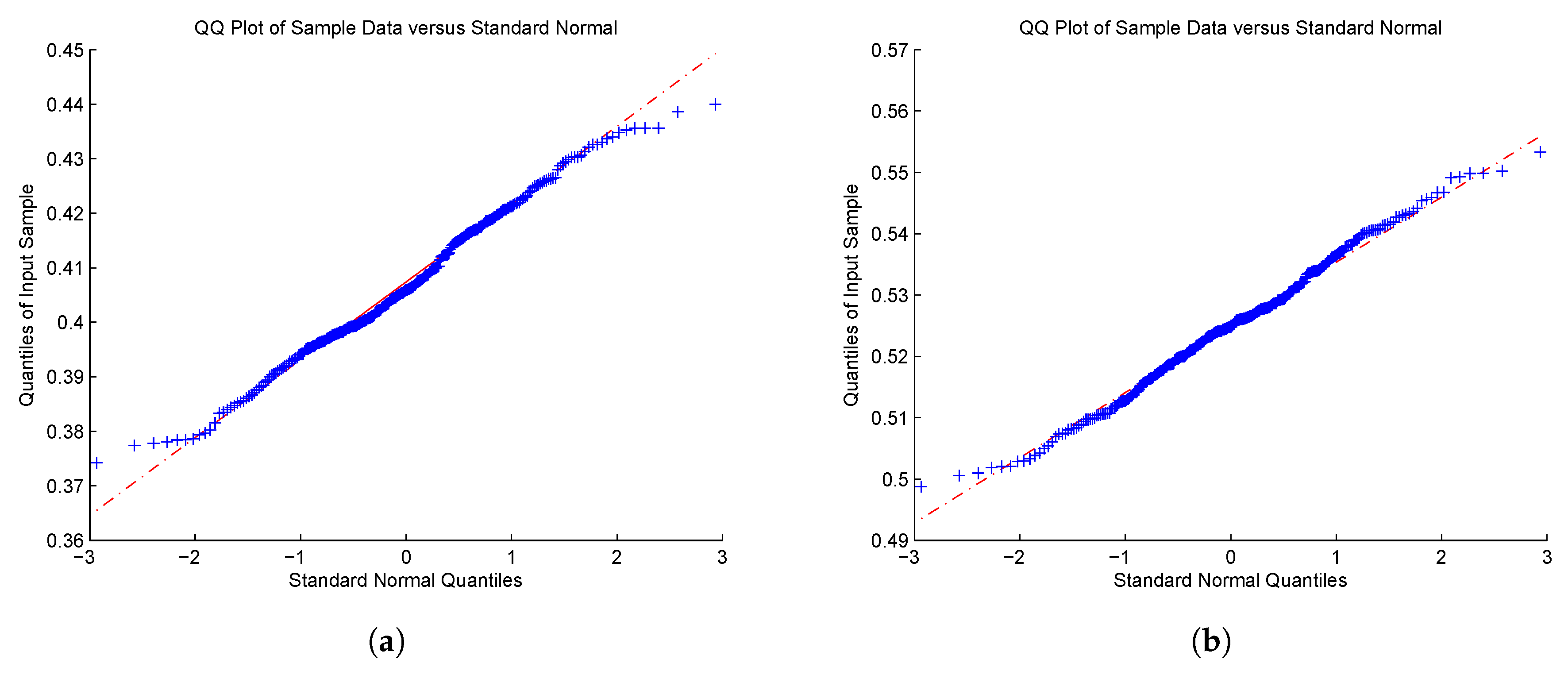

The next set of factors are related to the vulnerability involved. Size - How large is this group of threat agents? Developers (2), system administrators (2), intranet users (4), partners (5), authenticated users (6), anonymous Internet users (9)
Risk probability loss who developed full#
Opportunity - What resources and opportunities are required for this group of threat agents to find and exploit this vulnerability? Full access or expensive resources required (0), special access or resources required (4), some access or resources required (7), no access or resources required (9) Motive - How motivated is this group of threat agents to find and exploit this vulnerability? Low or no reward (1), possible reward (4), high reward (9) Skill Level - How technically skilled is this group of threat agents? No technical skills (1), some technical skills (3), advanced computer user (5), network and programming skills (6), security penetration skills (9) The likelihood of a successful attack by this group of threat agents. The first set of factors are related to the threat agent involved. These numbers will be used later to estimate the overall likelihood. Note that each factor has a set of options, and each option has a likelihood rating from 0 to 9Īssociated with it. May be a much more likely attacker than an anonymous outsider, but it depends on a number of factors. Particular vulnerability, so it’s usually best to use the worst-case scenario. Note that there may be multiple threat agents that can exploit a The goal is to estimate the likelihood of a successful attackįrom a group of possible attackers. There are a number of factors that can help determine the likelihood. Generally, identifying whether the likelihood is low, medium, or high Particular vulnerability is to be uncovered and exploited by an attacker. At the highest level, this is a rough measure of how likely this Once the tester has identified a potential risk and wants to figure out how serious it is, the first Step 2: Factors for Estimating Likelihood Side of caution by using the worst-case option, as that will result in the highest overall risk. Groups of attackers, or even multiple possible business impacts. Involved, and the impact of a successful exploit on the business. Information about the threat agent involved, the attack that will be used, the vulnerability The first step is to identify a security risk that needs to be rated. Step 6: Customizing Your Risk Rating Model
Risk probability loss who developed how to#
The tester is shown how to combine them to determine the overall severity for the risk. In the sections below, the factors that make up “likelihood” and “impact” for application security areīroken down. Let’s start with the standard risk model: The OWASP approach presented here is based on these standard methodologies and is See the reference section below for some of the There are many different approaches to risk analysis. Tailoring the model for use in a specific organization. Please reference the section below on customization for more information about The authors have tried hard to make this model simple to use, while keeping enough detail for accurate So a basic framework is presented here that should be ‘‘customized’’ for the particular But a vulnerability that is critical to one organization may not be very important toĪnother. Ideally, there would be a universal risk rating system that would accurately estimate all risks for all That the business doesn’t get distracted by minor risks while ignoring more serious risks that are less Having a system in placeįor rating risks will save time and eliminate arguing about priorities. Or problems may notīe discovered until the application is in production and is actually compromised.īy following the approach here, it is possible to estimate the severity of all of these risks to theīusiness and make an informed decision about what to do about those risks. Early in the life cycle, one may identify security concerns in the architecture orĭesign by using threat modeling. Discovering vulnerabilities is important, but being able to estimate the associated risk to the business


 0 kommentar(er)
0 kommentar(er)
